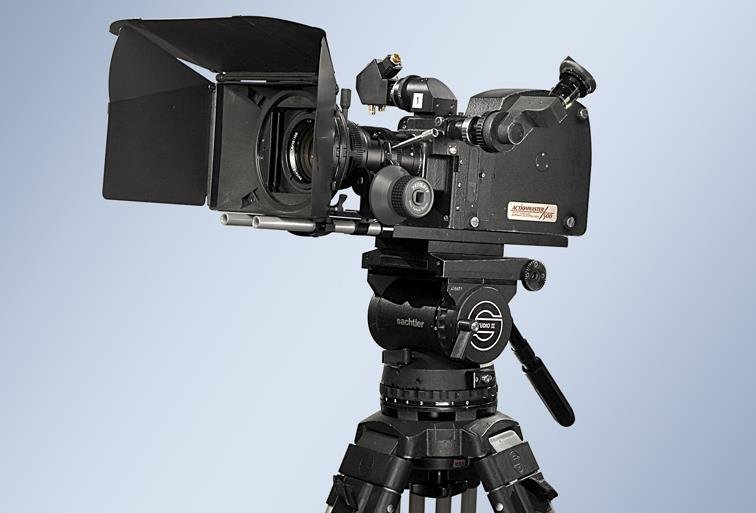Film cameras are not obsolete, especially when it comes to capturing high-speed action in slow motion. A cinematographer named Max Losito has modified a vintage film camera to shoot a native 2.39:1 aspect ratio on 16 mm film, creating stunning images that rival digital cameras.
The ActionMaster-500 is a high-speed film camera that was designed by Photo-Sonics, a company that specializes in high-speed photography and cinematography, in 1970. The camera can shoot between 24 and 500 frames per second, using 16 mm double-perforated film. The camera features a high/low-speed switch and is compatible with Unilux strobe lighting. The camera also has a pin-registered movement, which ensures film steadiness and accuracy.

The ActionMaster-500 has been the high-speed choice of sports and wildlife cinematographers for over 25 years. It has been used to film scenes involving liquid pours, splashing liquids, cereal pours, large explosion effects, car stunts, sports or any type of effect that may require optical or matte work. The camera is extremely reliable and rugged, and can be used on cranes, Bolt, hand-held, or steady-cam.
The UltraMax: A New Format for Shooting Wide-Screen Slow Motion on Film
Max Losito, a slow-motion guru and cinematographer from Losito International Films, has modified and improved the ActionMaster-500 to be able to shoot a native 2.39:1 aspect ratio on 16 mm film. He calls this new format UltraMax, which takes almost the whole width of the 16 mm film (14 mm) and 6.15 mm of height (between the perforations).
Losito explained that he created this format to celebrate the 100th anniversary of the invention of the 16 mm film. He said that the advantages of the format/camera are enhanced resolution (for the bigger exposed area), wide native 2.39:1 format, slow motion up to 500 fps, film steadiness, and lightweight camera.
Losito shared some footage that he shot with the UltraMax format on his YouTube channel. The footage shows various scenes of nature, animals, people, and objects in slow motion, with vivid colors and details. The footage also demonstrates the cinematic quality of the wide-screen format, which creates a more immersive and dramatic experience for the viewers.
The Future of Film Cameras in the Digital Age
The UltraMax format is an example of how film cameras can still offer unique and creative possibilities for cinematographers in the digital age. Film cameras have a distinct aesthetic and feel that digital cameras cannot replicate. Film cameras also have a nostalgic and historical value that appeals to many filmmakers and enthusiasts.
However, film cameras also face many challenges and limitations in the modern era. Film cameras are expensive to buy and maintain, and film stock is scarce and costly. Film cameras also require more skill and expertise to operate and process than digital cameras. Film cameras are also less versatile and adaptable than digital cameras, which can offer more features and options for shooting in different conditions and formats.
Therefore, film cameras are not likely to replace or compete with digital cameras in the mainstream market. However, film cameras can still coexist and complement digital cameras as alternative tools for artistic expression and experimentation. Film cameras can also preserve and promote the legacy and heritage of cinema history and culture.
